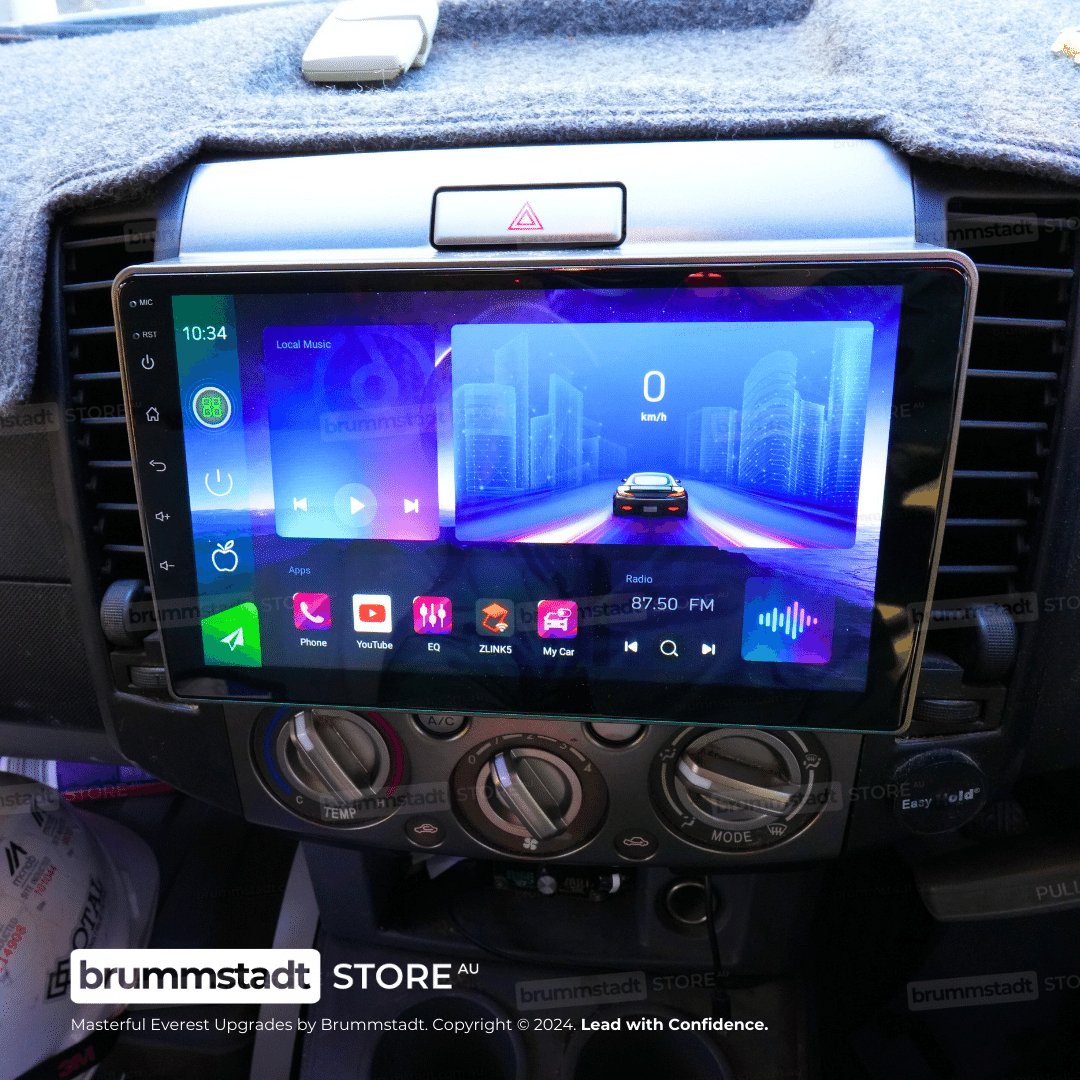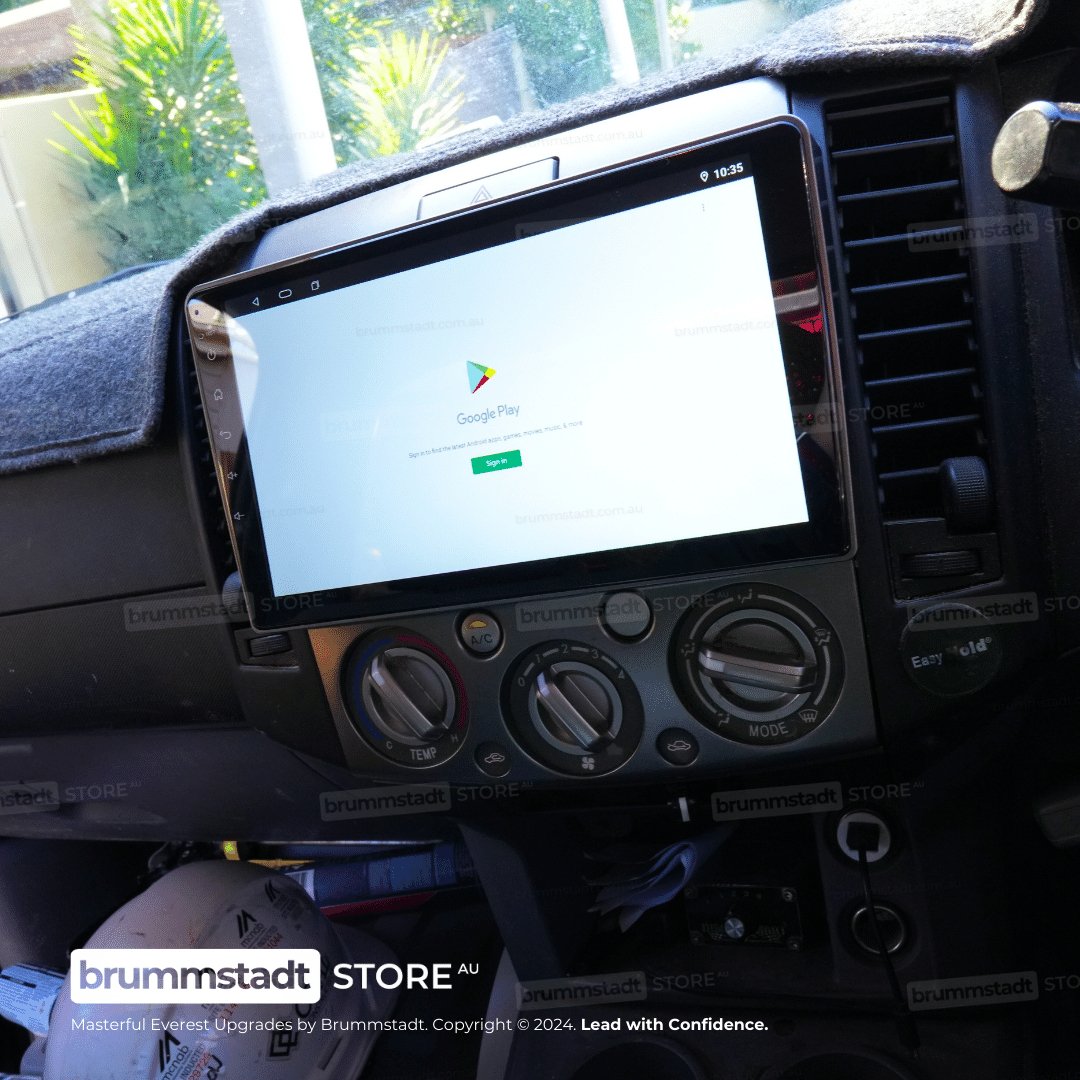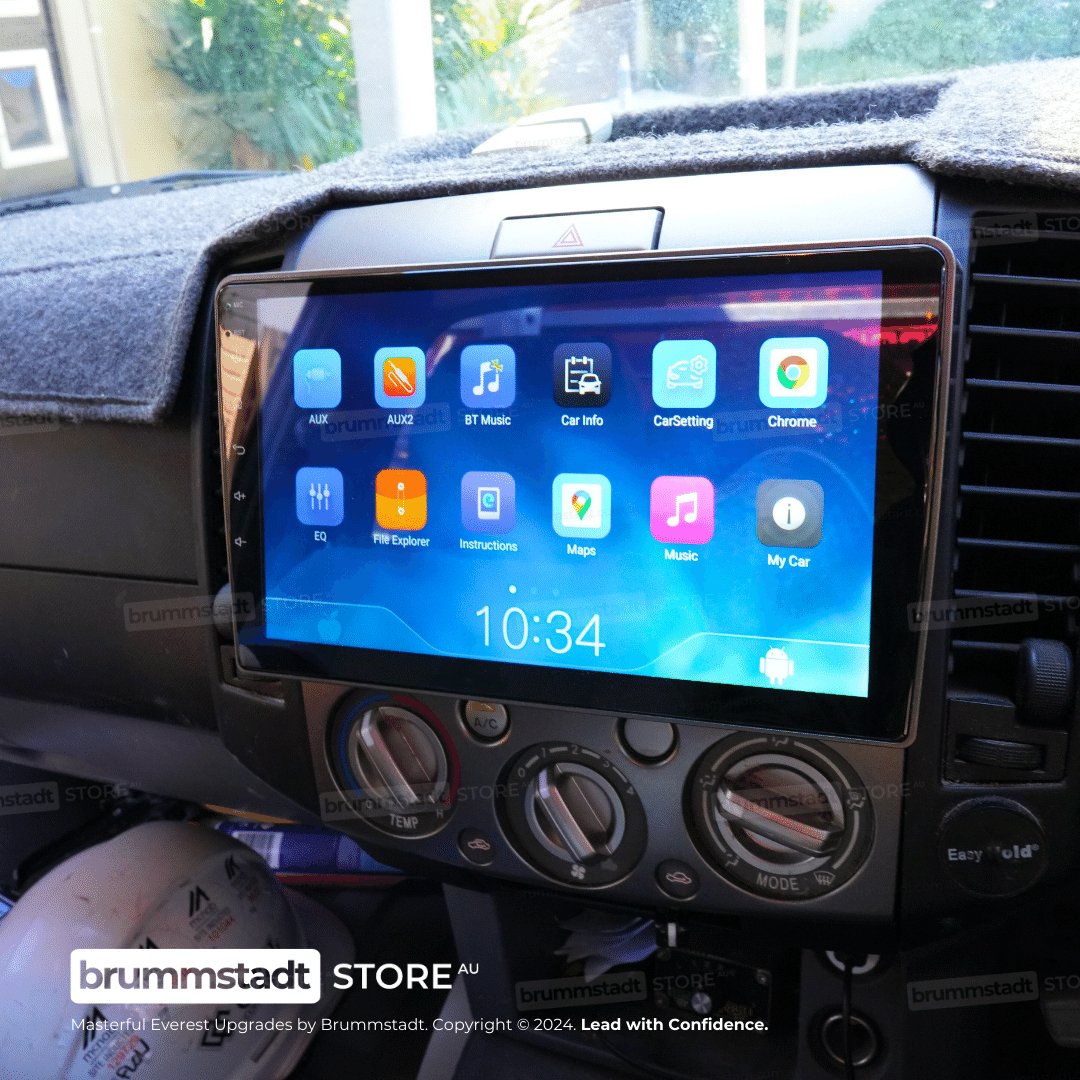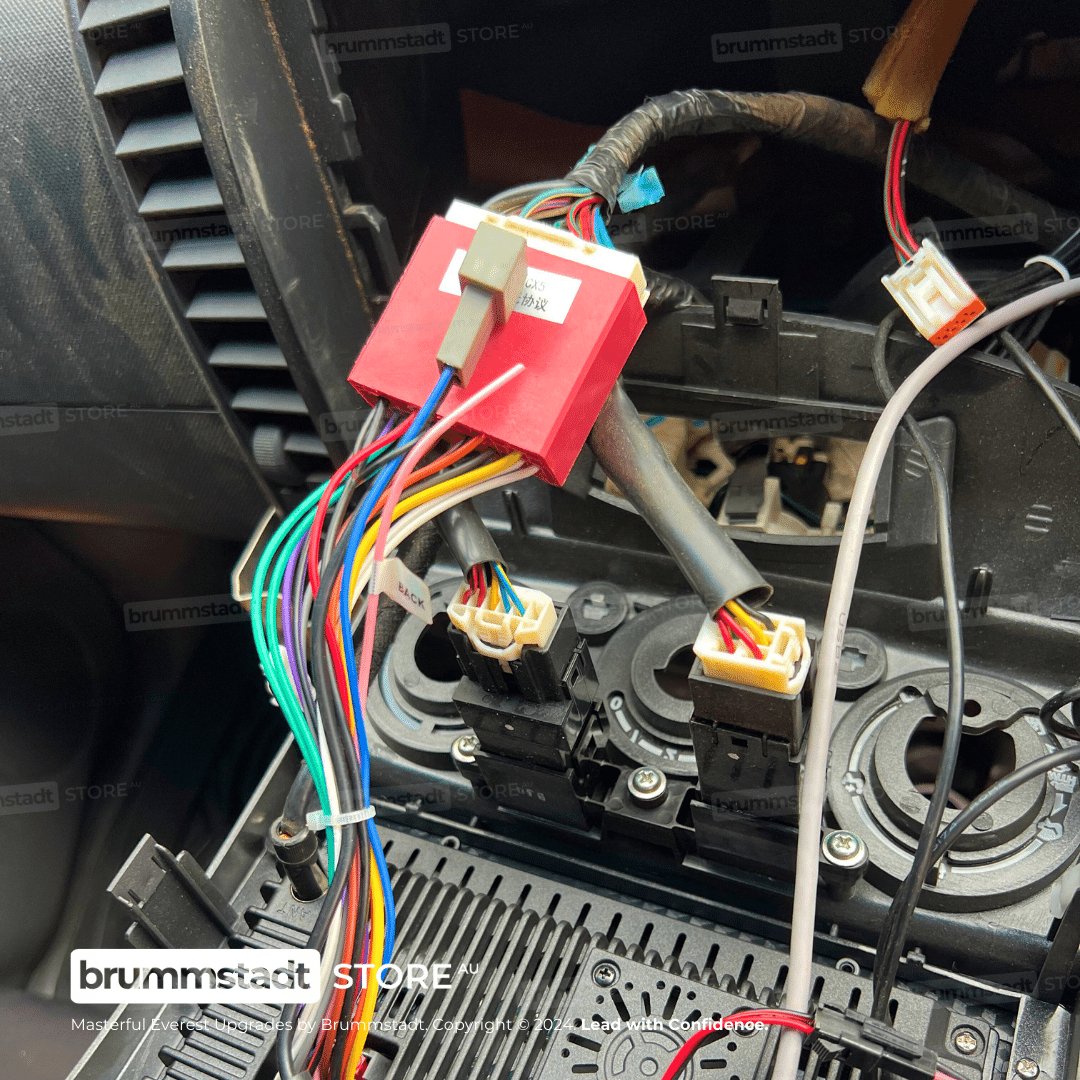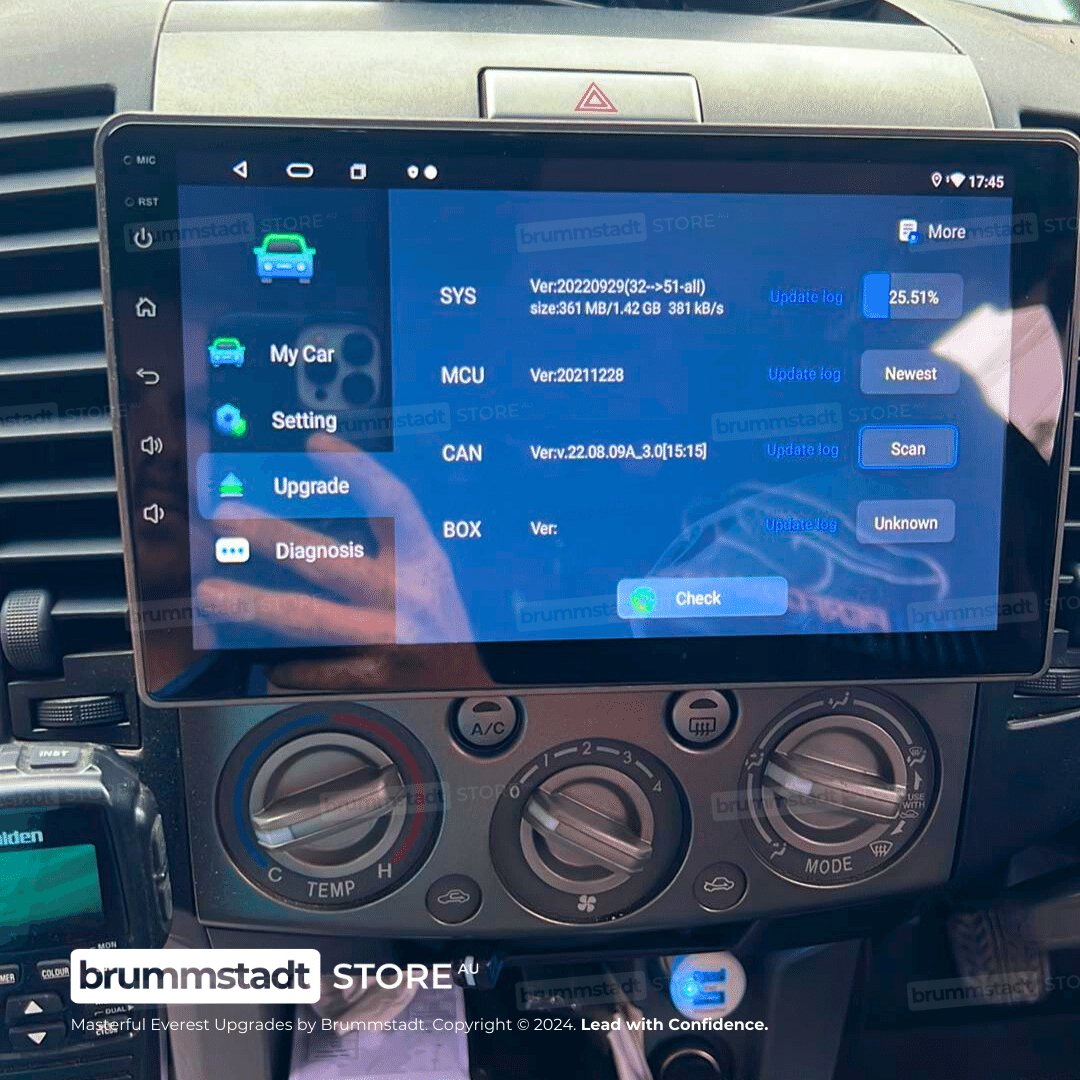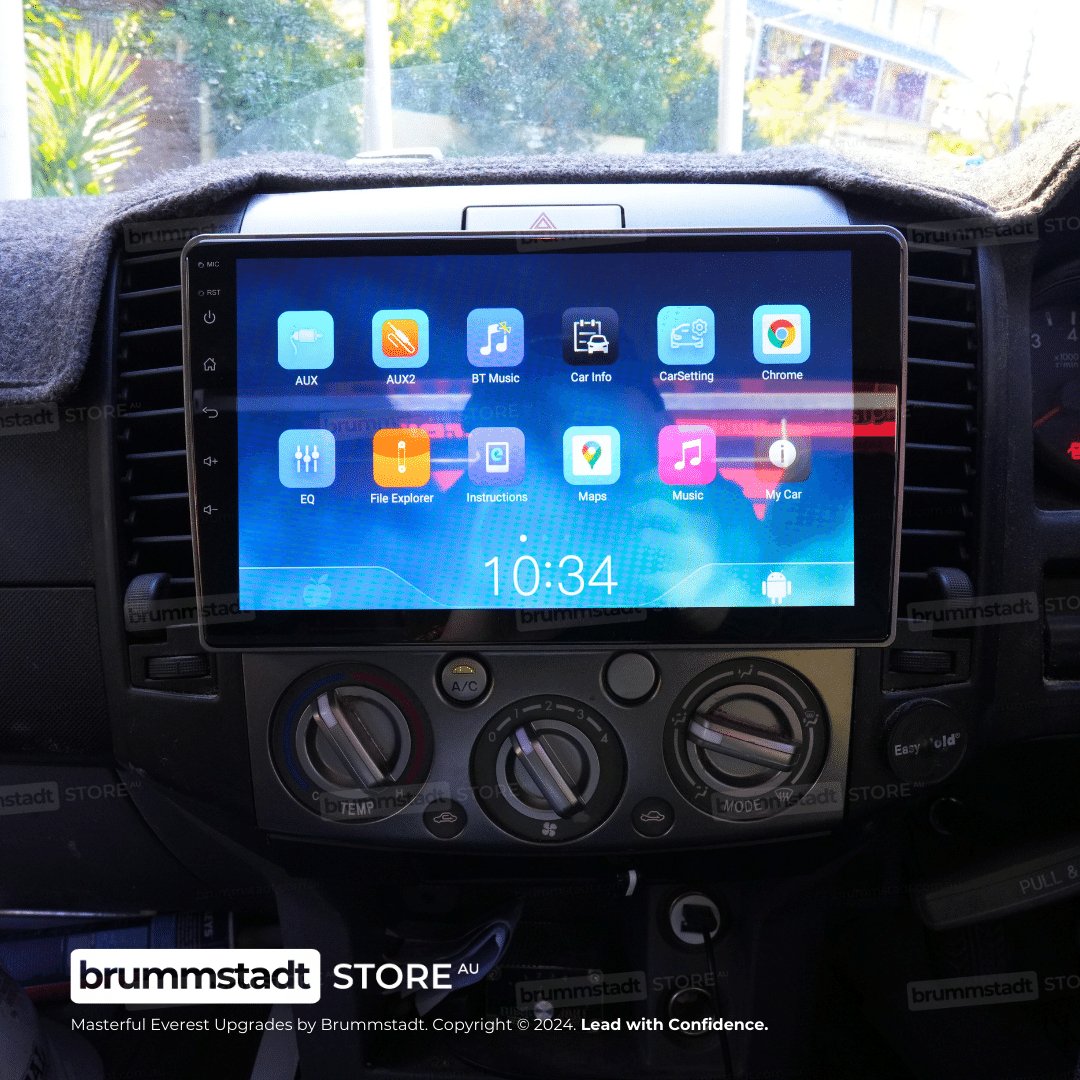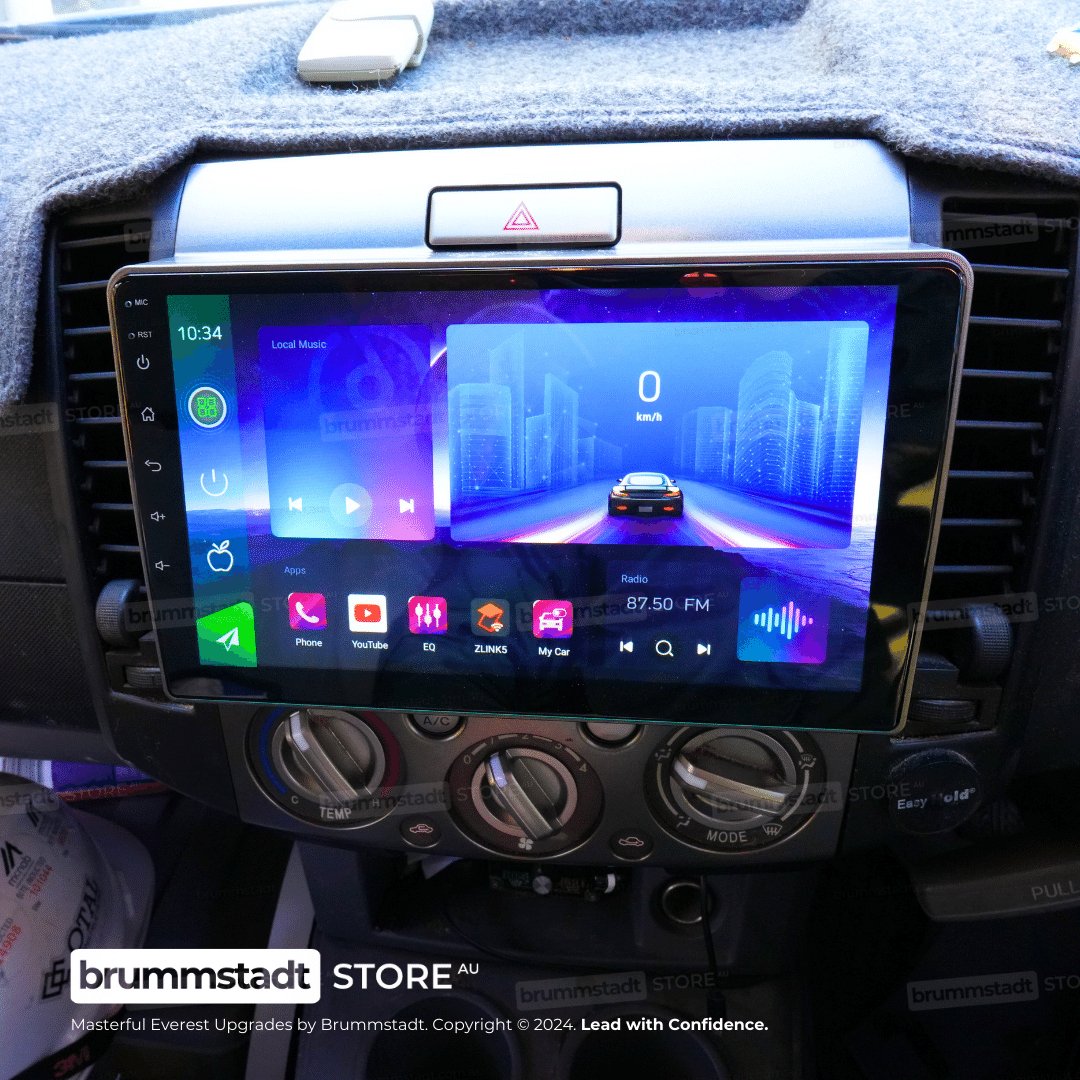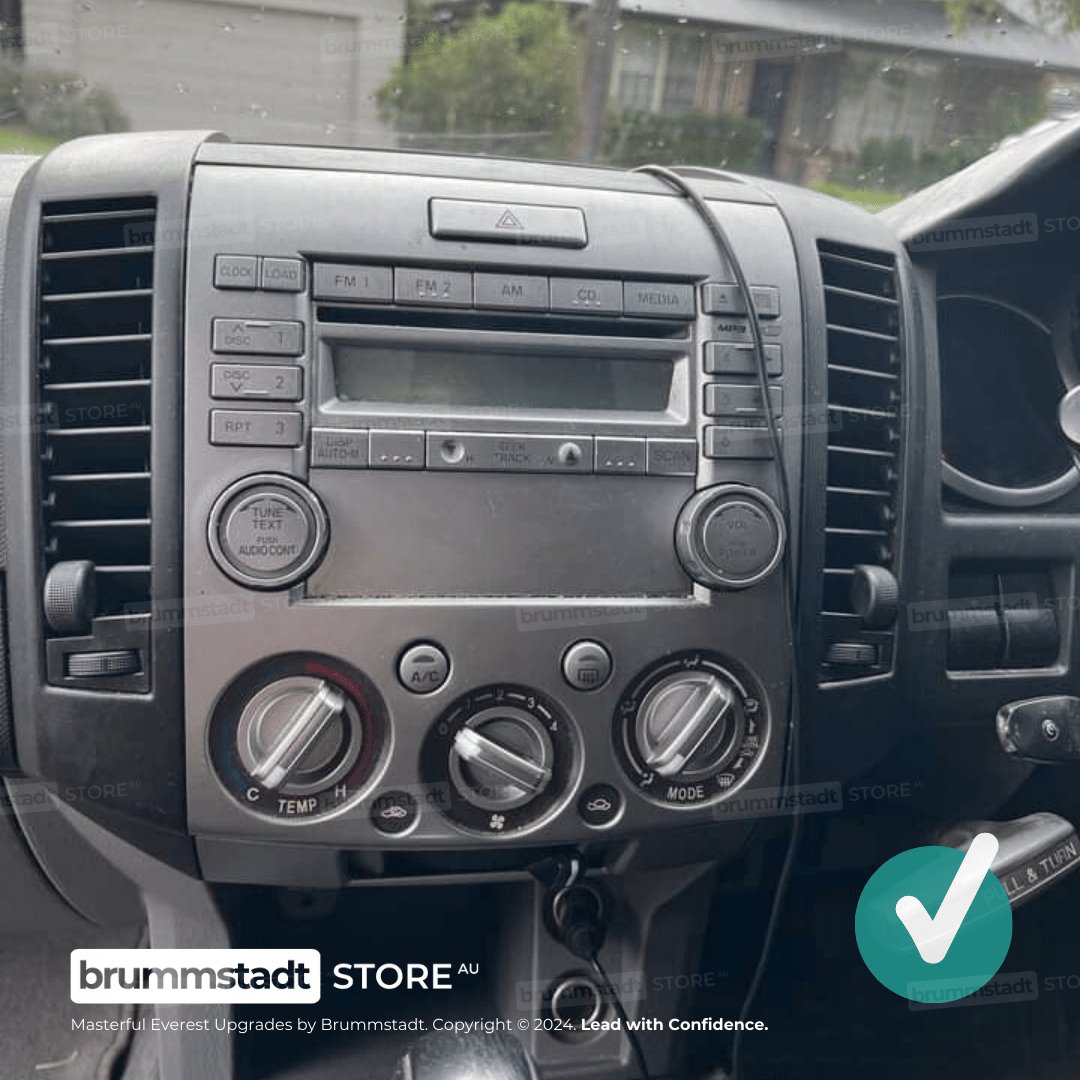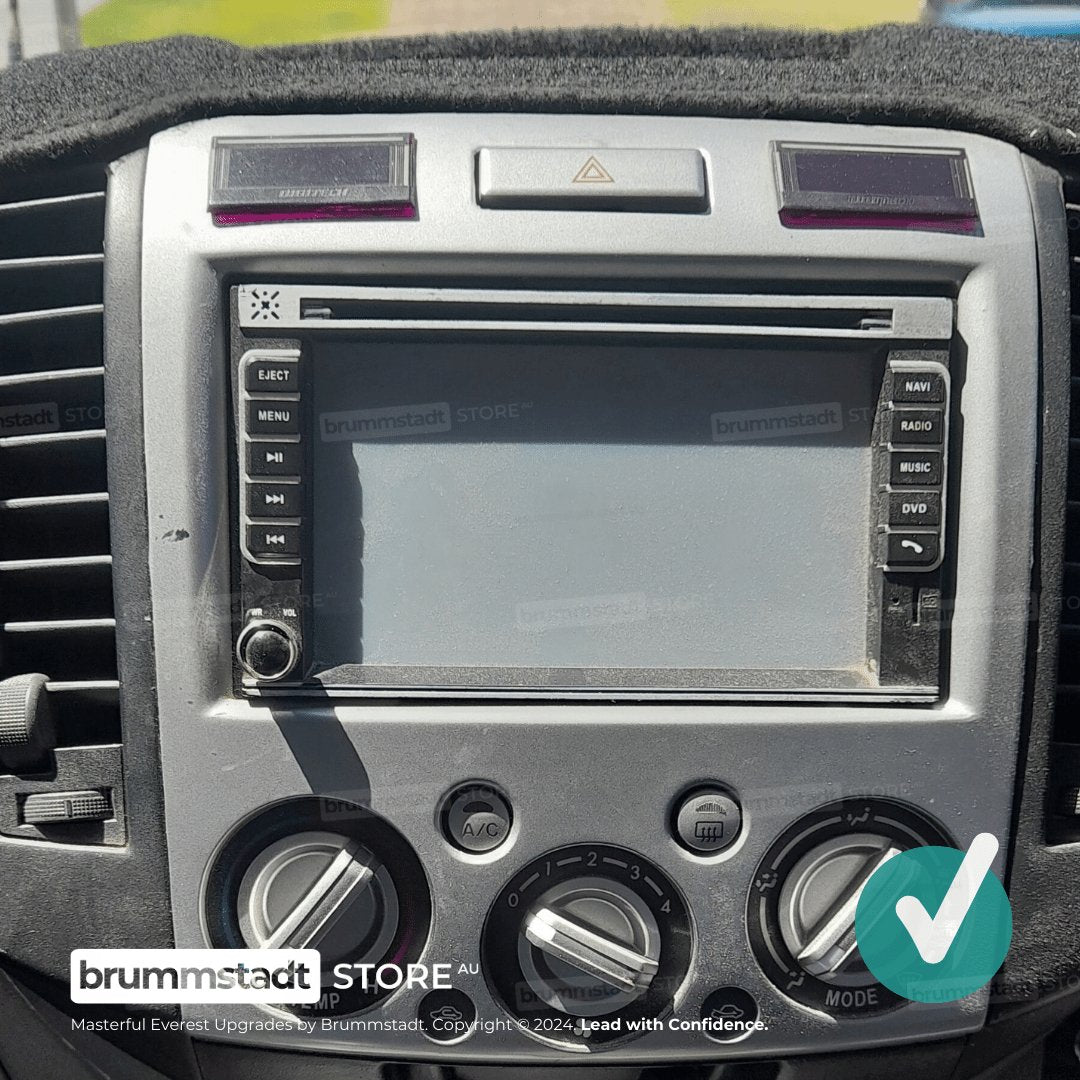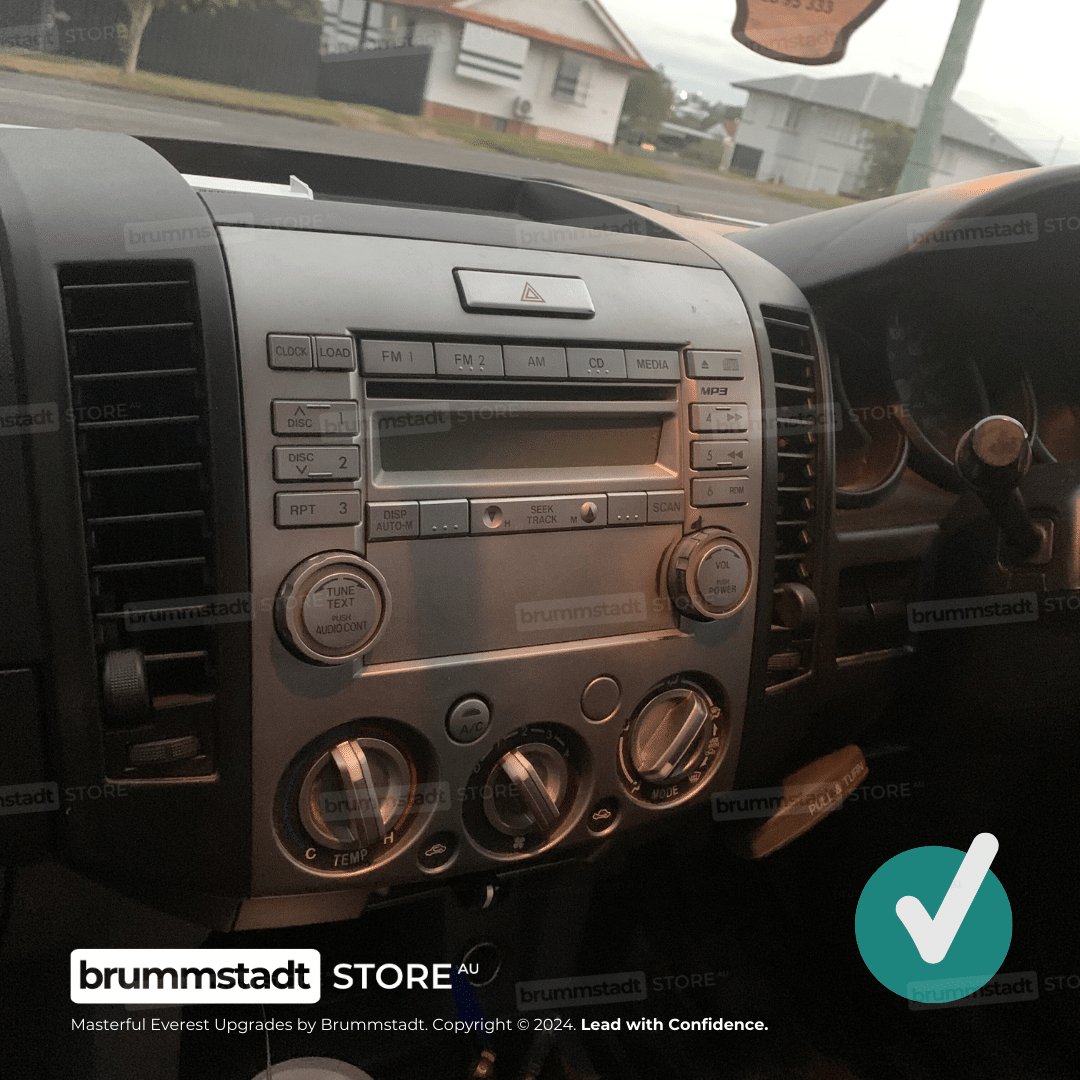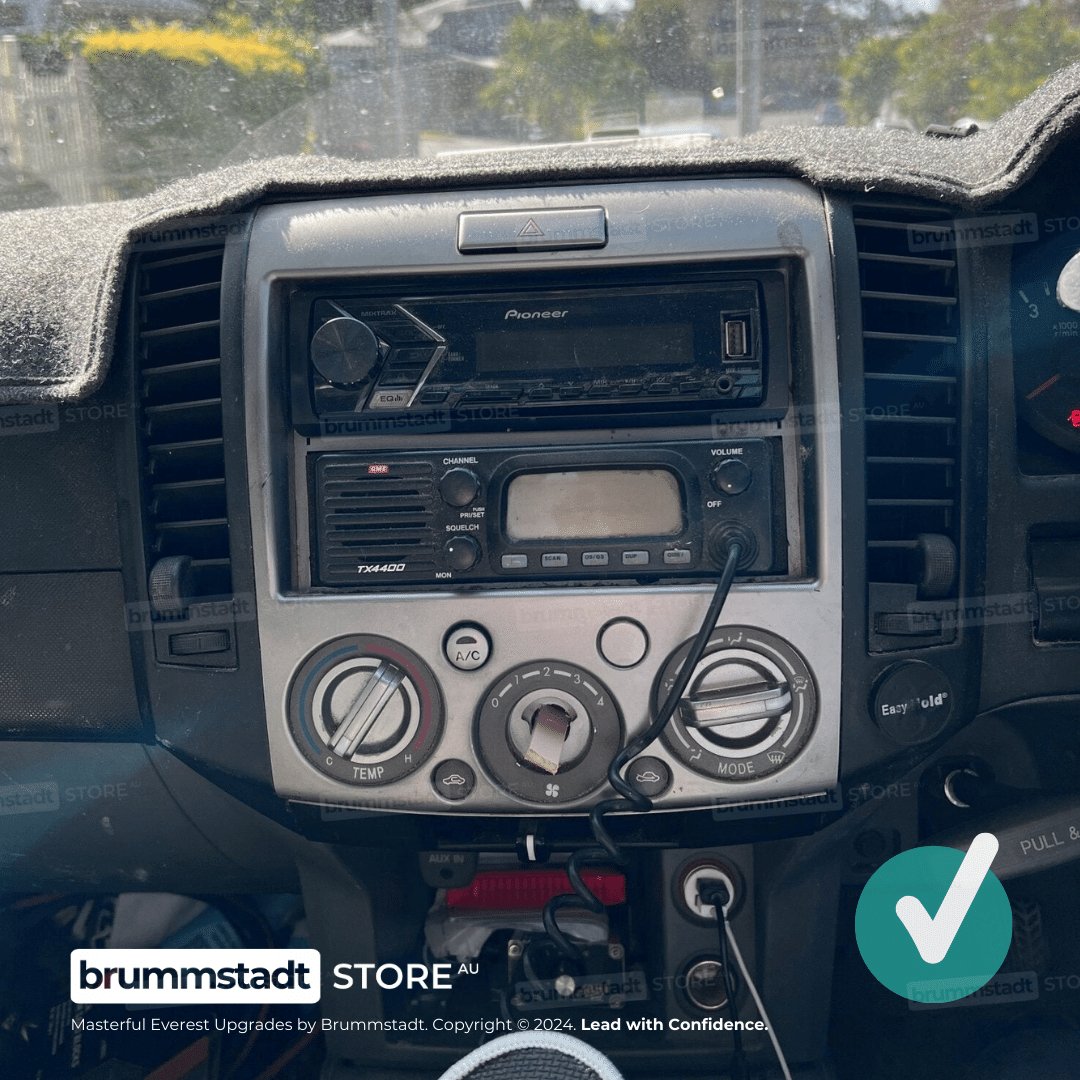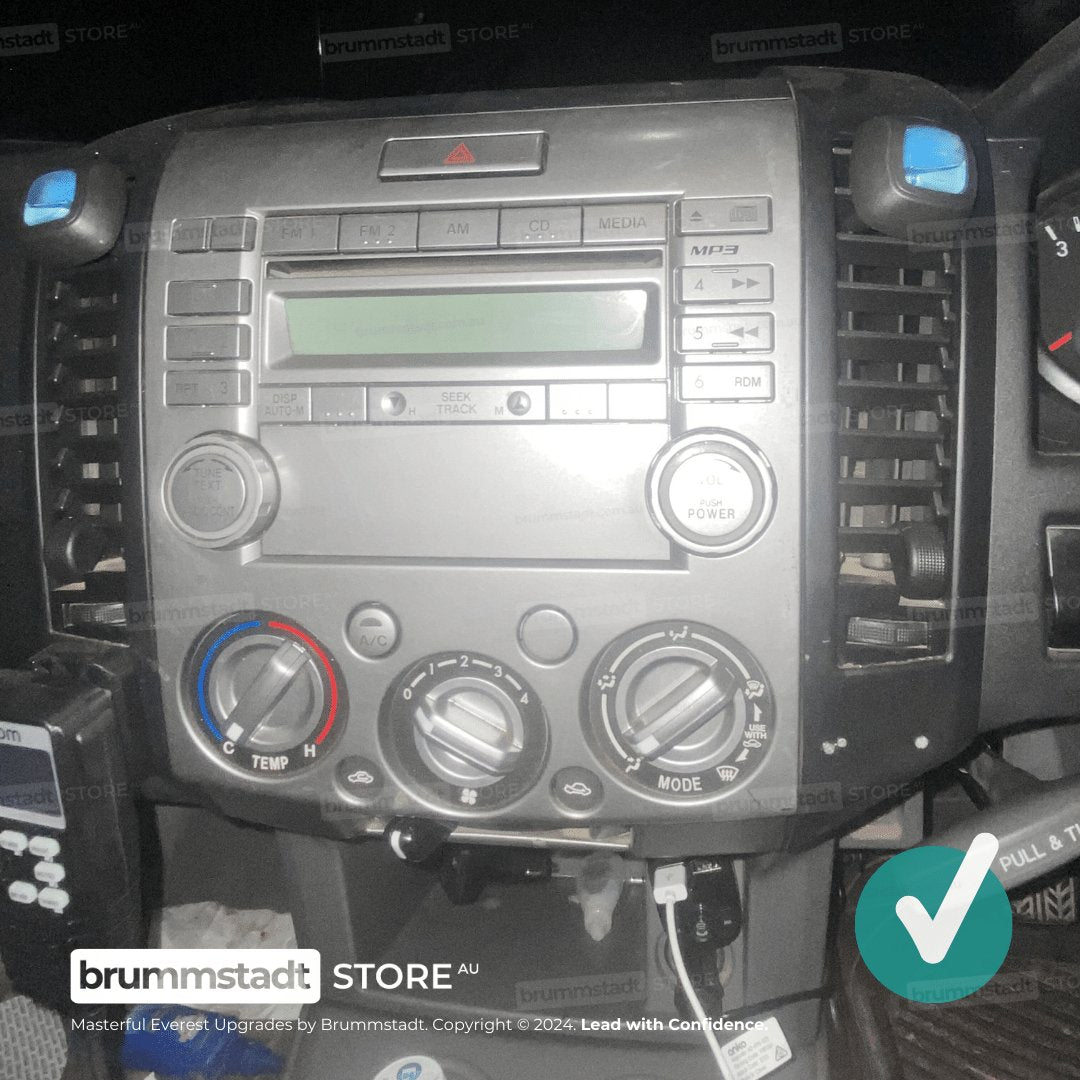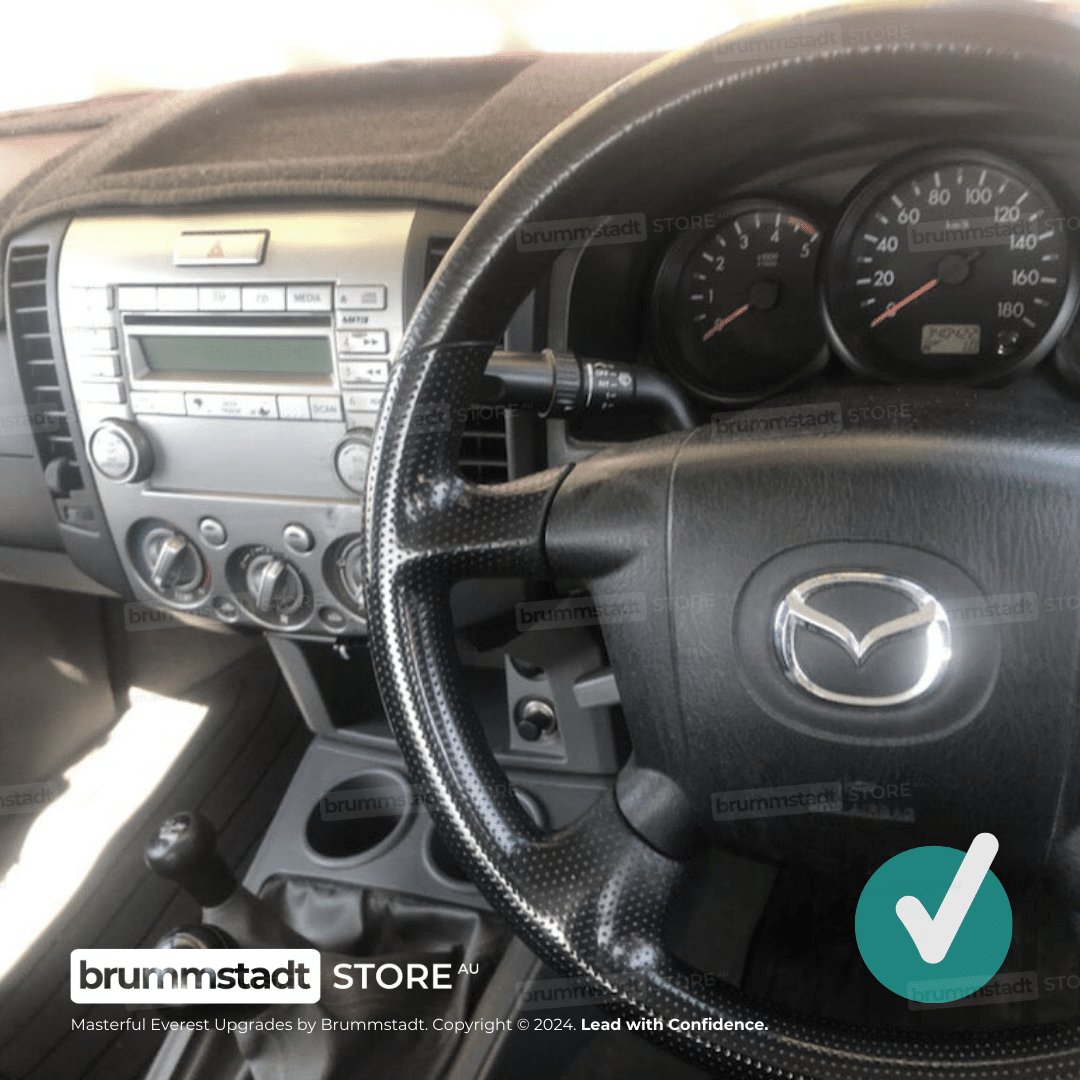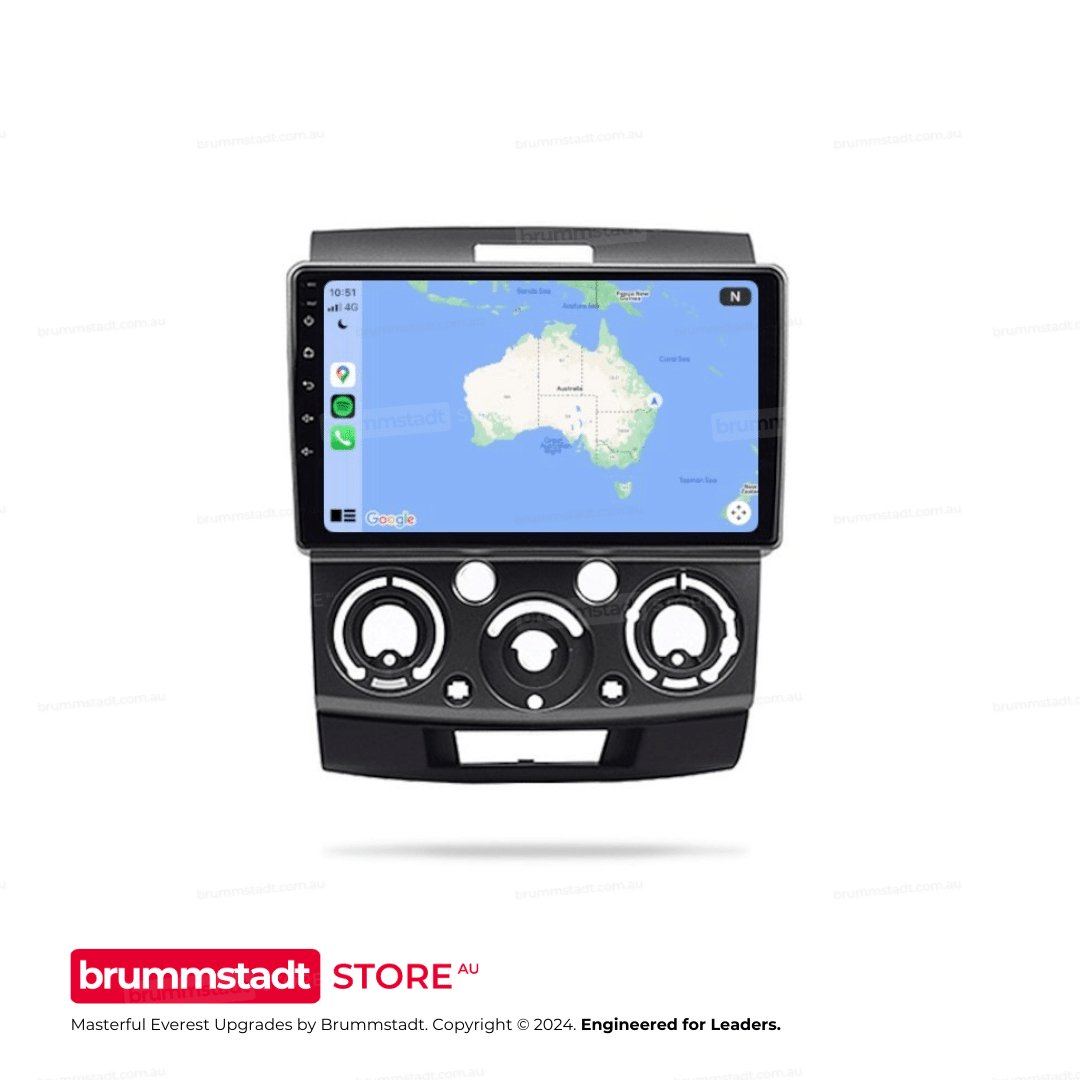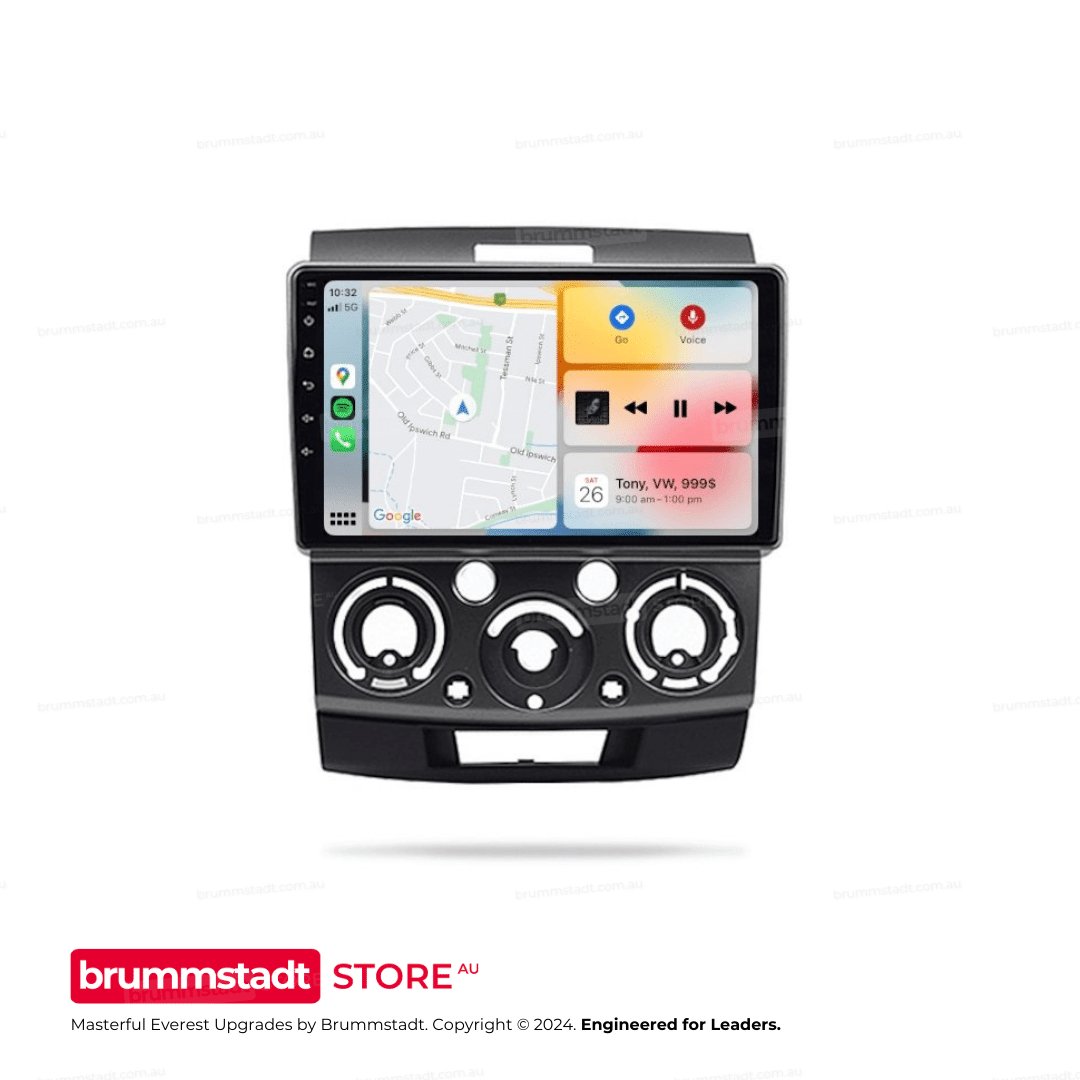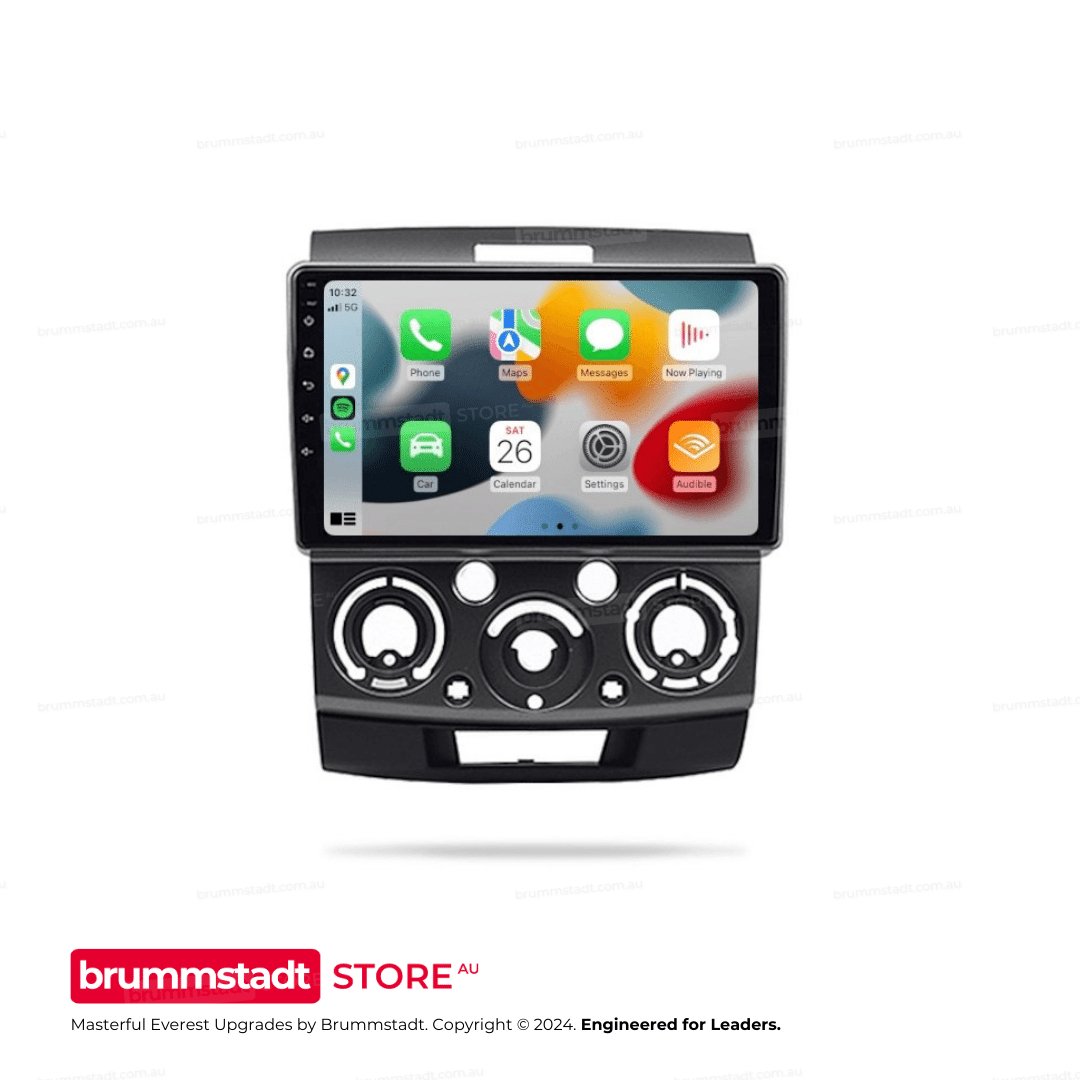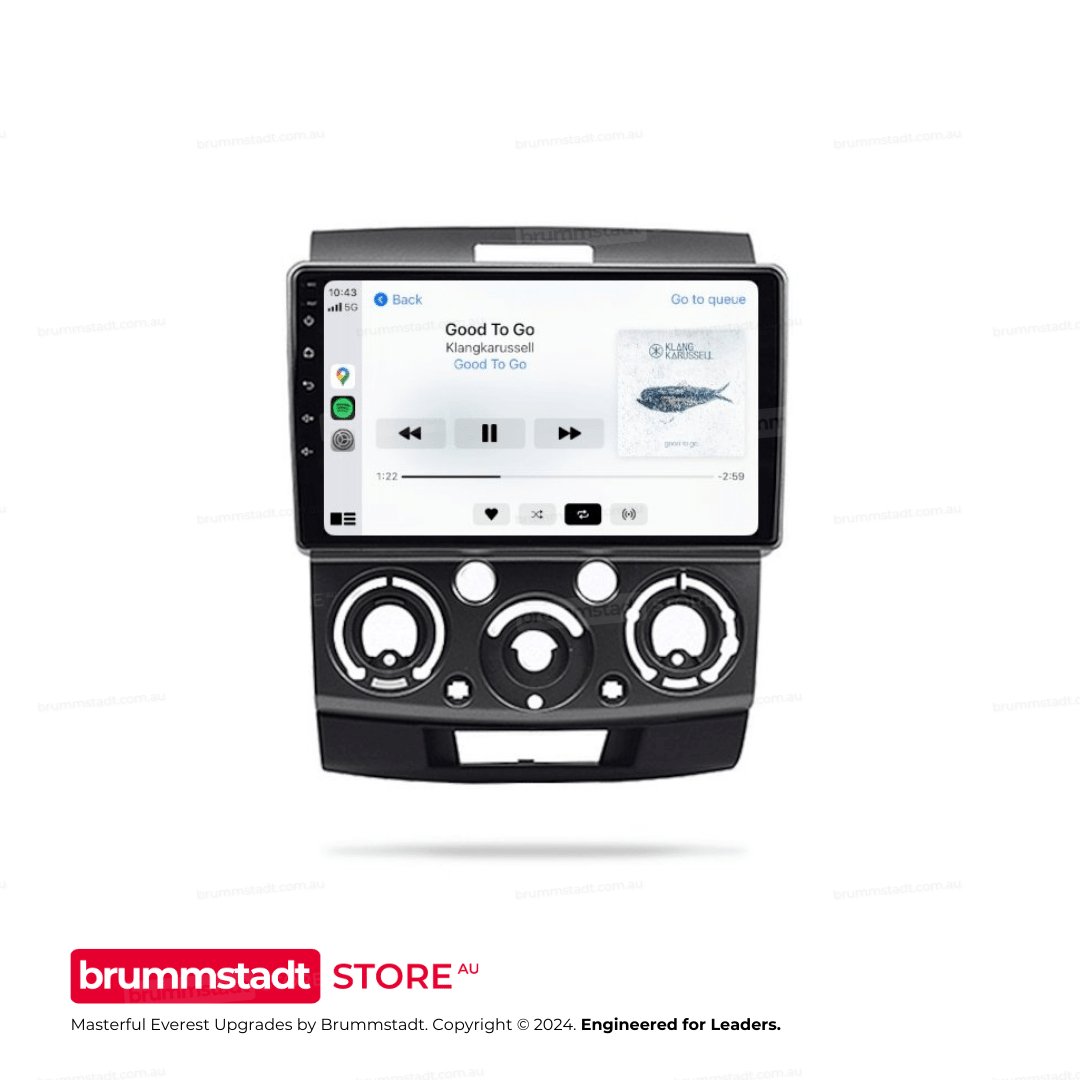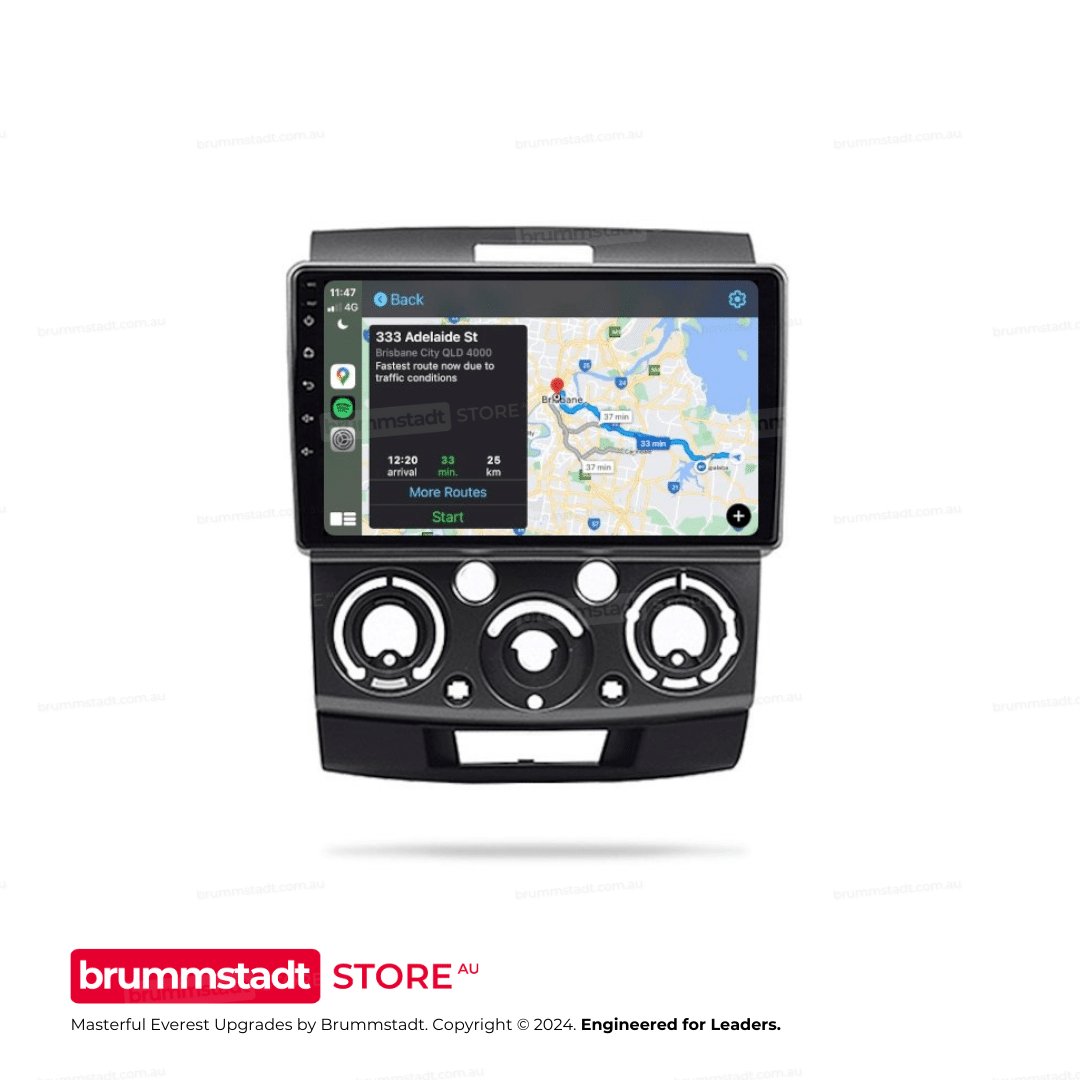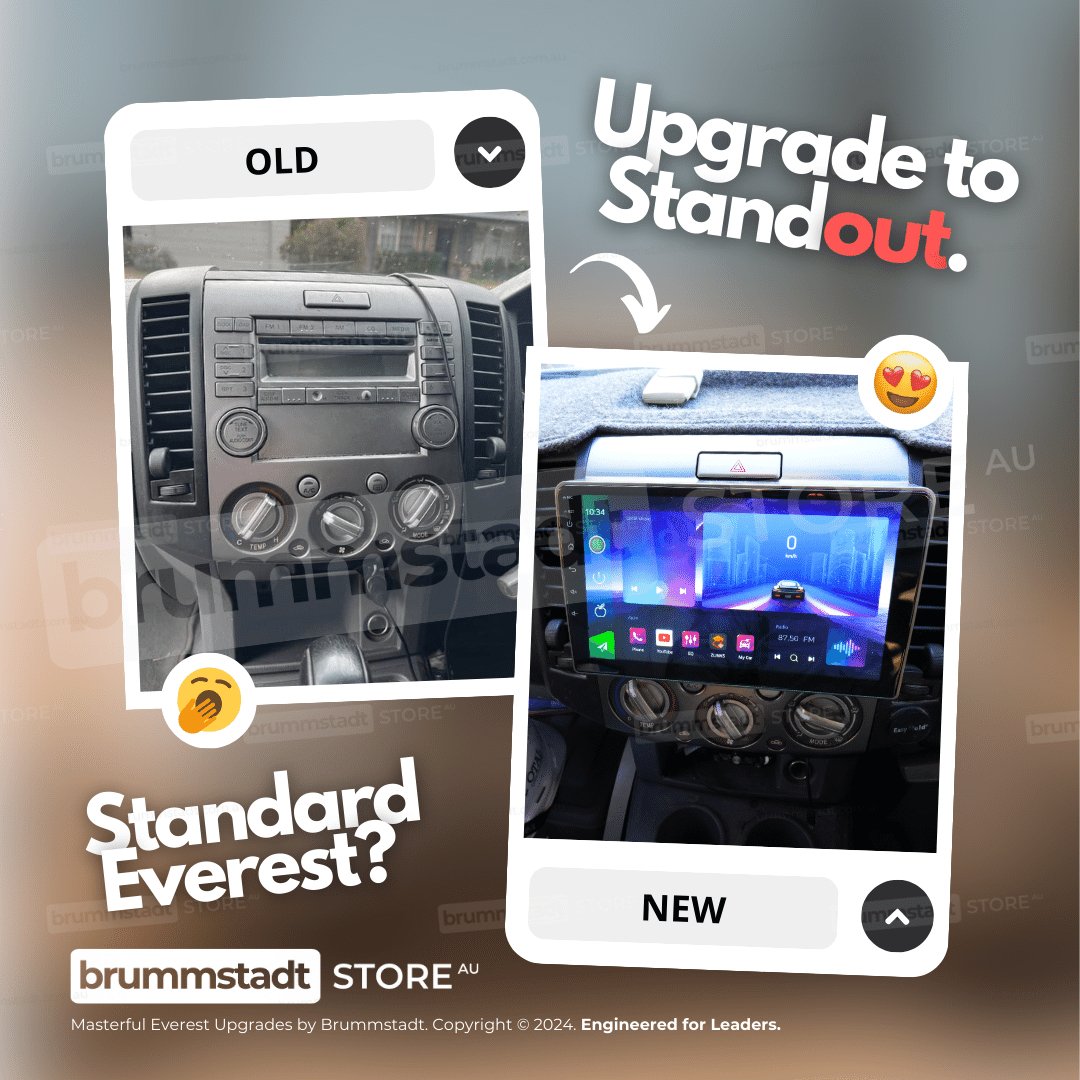Frequently Asked Questions
Everything you need to know about this head unit
Connect the single RCA cable with the yellow plug (included in your package) to extend your Bluetooth signal. This cable doubles as both a camera input AND a Bluetooth/WiFi antenna extension. The two small blue wires attached are antenna boosters that significantly improve connection stability. This simple connection takes 30 seconds and resolves 90% of Bluetooth issues. Make sure it's firmly connected even if you're not using a rear camera.
Try these proven solutions:
1. Quick Fix: Settings → Apps → Z-Link → Disable → Enable → Open (repeat each use)
2. Check Cables: Use the data/charge USB cable (not charge-only)
3. Bluetooth Setting: Disconnect all other Bluetooth connections - CarPlay needs exclusive access
4. Factory Reset Z-Link: Find the pink 'RESET' app, restart, reconnect Bluetooth, then try Z-Link
5. Sound Issues: Switch audio source to 'AUX' or 'USB/AUX' in your vehicle menu
Most issues are resolved with step 1 or 3!
The processor differs between models: The 2/32GB has a 4-Core processor, while 4/64GB and 8/128GB models feature the powerful 8-Core Cortex-A55 processor. Combined with RAM differences: The 2/32GB model with its 4-Core processor and limited RAM may experience slowdowns with heavy multitasking. The 4/64GB with 8-Core provides smooth performance for most users - no lag, seamless app switching, and enough storage for maps and music. The 8/128GB with 8-Core offers maximum performance with its generous RAM allowing unlimited multitasking and massive storage for extensive media libraries. Think of RAM like your desk space - more RAM means you can have more apps open simultaneously without slowing down.
Absolutely normal! These head units are complete replacement systems with their own GPS antenna, microphone, and Bluetooth module. Your factory connectors for these features won't be needed anymore. The important connections are: main power harness, speaker outputs, and the yellow RCA cable (even if not using a camera - it extends Bluetooth range). Any leftover factory plugs can be safely tucked away. If you're unsure about any connection, our support team is here 7 days a week.
Z-Link updates are handled through system firmware updates. Go to Settings → System → System Update. If an update is available, download it to a USB drive (FAT32 format) and install. Important: Never download Z-Link APKs from unofficial sources - they won't work and may cause issues. If you're having compatibility issues with newer iOS versions, the disable/enable workaround (Settings → Apps → Z-Link) usually resolves them while waiting for official updates.
Consider your usage:
• 2/32GB (4-Core): Budget option - fine for basic use, but may lag with multiple apps due to 4-Core processor and limited RAM
• 4/64GB (8-Core): Sweet spot - smooth Android Auto/CarPlay, multitasking, and ample storage
• 8/128GB (8-Core): Premium choice - unlimited multitasking, massive storage, future-proof for years
Most customers choose 4/64GB for the perfect balance of performance and value. The extra RAM makes a huge difference in daily smoothness!
The yellow RCA cable's blue antenna wires also boost WiFi signal! Make sure this cable is connected. Additionally, try these tips: Position the blue antenna wires away from metal surfaces, check that your phone's hotspot is set to 2.4GHz (not 5GHz) for better range, and ensure the head unit's WiFi sleep policy is set to 'Never' in Settings → WiFi → Advanced. For best performance with wireless CarPlay, keep your phone within 1-2 meters of the head unit.
Go to Settings → Sound → Equalizer and adjust to your preference. For more volume, increase the 'Loudness' setting. The 4/64GB and 8/128GB models have superior audio chips that provide cleaner, louder sound. If you have an amplifier, use the RCA outputs for best quality. Also check Settings → Factory Settings (password usually 126) → Audio settings for additional gain controls. Remember: higher-spec models (4GB+) include premium audio components for noticeably better sound.
Yes! Most vehicles work instantly. If not, use the steering wheel learning app: tap the steering wheel icon, press each button on your wheel, and assign functions. For newer vehicles with CANbus, we provide CANbus modules for automatic setup. Some vehicles may need the Key1/Key2 wires connected (usually included in our harness). If you're having trouble, let us know your exact vehicle model and we'll provide specific instructions.
We offer a 30-day return policy. If it doesn't fit or there's a compatibility issue, we'll work with you to resolve it. If you change your mind, a 20% restocking fee applies. Our team verifies compatibility before shipping to minimize issues. We provide installation support 7 days a week to help resolve any problems. With our 3-year warranty and Australian-based support, you can purchase with confidence. Full details in our Refund Policy.
Historical Evolution of the Ford Everest:
First Generation (2003-2006):
Introduced initially as Ford's truck-derived SUV solution for diverse international markets, the first-generation Everest was extensively based upon the proven Ranger pickup (specifically Ranger models like the PJ in Australia and various Southeast Asian markets). This direct link meant the Everest inherited Ranger's robust frame, tough suspension, and powerful diesel engines, cementing its notable durability and ruggedness. Its straightforward, practical configuration provided owners in emerging markets a tough and reliable family transportation option, quickly becoming popular due to its affordable pricing, vast interior space capable of seating seven passengers, and remarkable off-road prowess.
Second Generation (2006-2011 - Ford Everest 2):
Following market success and expanding popularity, the second-generation Everest (Ford Everest 2) arrived offering various enhancements over its predecessor. Building firmly upon the truck-based formula, it capitalized on the reliability of Ford's proven Ranger platform (shared with the Ranger PJ and subsequently PK series), integrating notable refinements impressively executed for its global audience. Its exterior design matured, incorporating softer, more aerodynamic lines without compromising the robust utility. Internally, cabin comfort and refinement improved significantly, with better materials, enhanced ergonomics, and thoughtful space utilization to accommodate large families or adventurous expeditions.
Performance-wise, this era of Everest solidified its standing as a reliable, go-anywhere vehicle. Diesel engines, typically a powerful 3.0-liter Turbo diesel known for excellent torque and impressive fuel economy, bolstered its credentials as an accomplished leisure and everyday family SUV. Its robust four-wheel-drive system established credibility through challenging terrain performance, coupled with remarkable towing and load capacities. Universally praised for practicality, reliability, and versatility, the second-generation Everest is particularly celebrated across Australia, Asia (as the Endeavour in India), and Africa as an ideal combination of durability, affordability, and value-packed utilitarian qualities.
Infotainment Integration – Head Unit Upgrade by Brummstadt:
Enhancing this reliability-driven SUV, several contemporary aftermarket solutions, such as Brummstadt's premium head units, notably complement the 2006-2011 Everest. Available specifically for Everest's cabin architecture, Brummstadt provides technology designed purposefully for an integrated fit and cohesive appearance. This advanced head unit delivers modern smartphone connectivity via both wired and wireless Apple CarPlay and Android Auto, significantly improving navigation, communication, multimedia management, and overall practicality.
Beneficially for owners, familiar smartphone navigation apps such as Google Maps, Apple Maps, or WAZE now appear clearly on a larger screen, integrated directly into the dash. Scenario-wise, envision an enjoyable dinner with friends and family: as coffee cups empty and plans form spontaneously to visit others, an address quickly punched into a smartphone automatically transfers directions seamlessly onto the vehicle’s enhanced display, ensuring confident, hassle-free navigation and eliminating uncertainty during nighttime drives or in unfamiliar areas.
Additionally, Brummstadt head unit supports optional 1080p HD camera systems (front and rear recording capabilities), substantially boosting safety, visibility, and providing essential eyewitness documentation for unforeseen occurrences. Family travels derive additional entertainment value through gaming possibilities—the system accommodates game controllers via integrated USB connections, turning routine journeys into memorable, interactive experiences for passengers.
Moreover, thoughtful voice-controlled capability through familiar smart assistants (such as Siri or Google Assistant) allows users to manage incoming calls, text messages, playlists, or navigational commands safely. The voice integration further demonstrates practicality through remote interaction with smart home devices; imagine driving towards home and asking, “Hey Siri! Turn on the porch lights,” thus effortlessly blending built-in automotive connectivity into everyday home living scenarios for greater convenience, safety, and ease of access.
Advantages and Driving Experience Offered by Ford Everest 2:
With solid underpinnings borrowed from the dependable Ranger platform, the Ford Everest second-generation SUV has consistently balanced rugged functionality, reliable performance, spacious interior practicality, and notable toughness across global markets. Its robust diesel engine provides responsive power for challenging terrains, heavy towing, and daily cruising. Comfortable ride quality, combined with spacious seating arrangements and storage capacity for larger families and adventure gear, maintains its long-established popularity amongst active individuals, large families, rural dwellers, and adventurous spirits internationally.
Incorporating carefully chosen aftermarket infotainment upgrades such as Brummstadt’s modern head unit technology amplifies overall driver satisfaction. Updated functionalities in smartphone integration, intuitive mapping capabilities, multimedia entertainment options, and intelligent voice-control usage significantly boost cabin convenience and passenger enjoyment. Thoughtful technological advancements and increased safety awareness through camera integration ensure practicality while reinforcing confidence behind the wheel.
Through consistent evolution reflecting its market’s practical needs, and enriched by carefully integrated enhancements, the Ford Everest 2 (2006-2011) asserts confidence as a lasting vehicle exemplary of automotive dependability and versatility. This unique combination thoroughly underscores the appeal and lasting reputation of the Everest—reflecting a reliable companion ideally suited for broad-ranging adventures, memorable journeys, and practical daily living experiences.



